Along with its smaller cremini and white button cousins, the portobello mushroom is gaining worldwide popularity not only because it’s delicious, but because it’s nutritionally dense, too. Mushroom lovers enjoy it in soups, salads and a multitude of other dishes, but surprisingly, it can work as a meat substitute as well.
Easily the largest mushrooms variety, the portobello can measure 4 to 6 inches across the top. If you look at the underside of this mushroom, you’ll see distinctive webs under the cap, called gills. An older scientific name for portobello mushrooms is “Agaricus brunnescen,” which denotes this species’ tendency to brown when bruised. “Portobello” is the common name given to mature Agaricus bisporus mushrooms, while younger ones are dubbed “cremini.”
The United States is the world’s biggest producer of fresh mushrooms, and about half of the nation’s supply comes from Chester County, Pennsylvania. This industry brings in “hundreds of millions of dollars” in revenue for this humble county.
Chlorophyll, the green pigment in plants, isn’t present in mushrooms, so sunlight isn’t necessary for them to proliferate. Instead, mushrooms feed and grow by secreting digestive enzymes into their surroundings, and once broken down, are ingested into their cell walls.
In a controlled environment, a substrate filled with nutrients serves as the base for growing mushrooms. When mushroom spawn is mixed in, the blend is transferred to beds and spread with a casing to hold in moisture. In a 16- to 35-day cycle, the mushrooms that emerge are hand-harvested.
Whether purchased or harvested yourself, keep mushrooms fresh by placing them in a paper bag in the main area of your refrigerator. The bag will absorb the moisture, helping retain the quality of the mushrooms. As for preparation, one of the best methods is searing them in a pan. This will help bring out the flavor due to the Maillard reaction, as well as evaporating the moisture.
Health Benefits of Portobello Mushrooms
There are around 2,000 species of mushrooms around the world, but only 25 are used as food. Another interesting thing about mushrooms is that they’re a source of powerful natural medicines, such as penicillin.
In a 100-gram serving, portobello mushrooms are low in saturated fat and cholesterol, as well as containing 1.3 grams of dietary fiber. In addition, they are an excellent source of phosphorus (108 milligrams), which your body needs for proper formation of bones and teeth, as well as proper metabolism of carbohydrates and fats. Portobello mushrooms also offer three important B-complex vitamins: riboflavin for energy production; niacin to support hundreds of enzymatic reactions throughout your body; and pantothenic acid, which aids in fatty acid synthesis.
Portobello mushrooms have the potential to release at least 15 different vitamins, minerals and phytonutrients. A notable example is potassium, which comes in at 364 milligrams. This mineral helps promote proper heart health by maintaining normal blood pressure levels.
You’ll find selenium as well, a compound necessary for the proper function of the thyroid and reproductive systems. It’s an antioxidant that protects the cells from damage from heart disease and cancer. For more information about portobello mushrooms, you may refer to the table below.
| Portobello Mushrooms Nutrition Facts
Serving Size: 3.5 ounces (100 grams), dried |
||
| Amt. Per Serving |
% Daily Value* |
|
| Calories | 22 | |
| Calories from Fat | 2 | |
| Total Fat | 0.35 g | |
| Saturated Fat | 0 g | |
| Trans Fat | ||
| Cholesterol | 0 mg | |
| Sodium | 9 mg | |
| Total Carbohydrates | 3.87 g | |
| Dietary Fiber | 1.3 g | |
| Sugar | 2.5 g | |
| Protein | 2.11 g | |
| Vitamin A0g | Potassium | 364 mg |
| Calcium3 mg | Iron | 0.31 mg |
Studies Done on Portobello Mushrooms
In one study, researchers extracted the compound 2-amino-3H-phenoxazin-3-one from the edible brown mushroom, Agaricus bisporus, and found evidence suggesting that it contains anti-inflammatory properties that may be useful in the treatment of autoimmune diseases as well as for bacteria-induced chronic-inflammatory diseases.
Another study showed that cremini mushrooms, along with other mushroom species of mushrooms, were found to “interfere” with the processes causing atherogenesis and cardiovascular disease. Scientists concluded that diets that involve dietary fungi — mushrooms — as well as fruits and vegetables minimize cardiovascular disease risk. Additionally, “common, readily available and affordable mushrooms such as white button, or Agaricus bisporus, as well as specialty mushrooms including shiitake appear particularly beneficial to health.”
One way to discover the ways a specific food can be nutritionally beneficial is to look at the compounds it contains. In mushrooms, a rather obscure vital compound is the amino acid ergothioneine, which the journal Nature revealed is not only obtained exclusively through the diet, but fairly exclusive to mushrooms. It’s described as “an unusual sulfur-containing derivative of the amino acid, histidine,” which scientists suggest has a specific role in protecting your DNA from oxidative damage.
How to Cook Portobello Mushrooms
If you’re new to cooking portobello mushrooms, sautéing them is a great way to start. Proper preparation is key, so follow these four tips from Inspired Taste to help bring out the best in your portobello mushrooms:
- Keep your mushrooms dry— Don’t clean mushrooms in water because they are absorbent. Additionally, if your mushrooms are dirty, clean them using a paper towel.
- Cut them to similar sizes— Before cooking, make sure they are similar in size and shape to achieve consistency.
- Don’t overcrowd the pan— Don’t cook all your mushrooms at once because they will steam instead of sauté. Spread them out evenly to allow the edges to brown and crisp.
- Add salt at the end— Salting after cooking brings out more moisture from the mushrooms.
Portobello Mushroom Fun Facts
The Chinese were among the first civilizations to cultivate mushrooms around 1100 A.D. By 1650, France grew white button mushrooms, and the mushroom industry in the United States flourished during the 1880s.
Summary
Sometimes referred to as a large version of the cremini mushroom, portobellos are in the top three favorites among all varieties. Like other mushrooms, they’re fungi grown from microscopic spores, not seeds. Around 25 varieties contain therapeutic compounds, one of which is the source of penicillin.
Portobellos are an excellent source of potassium, as well as riboflavin, niacin and pantothenic acid. Other nutrients such as phosphorus and selenium help complete the package, making portobello mushrooms a must in your kitchen pantry.


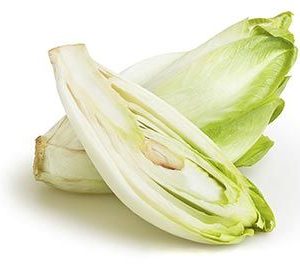
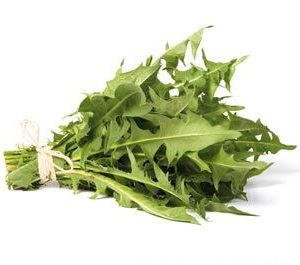
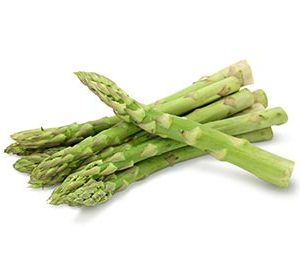
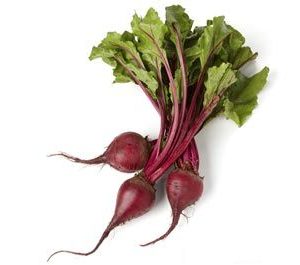
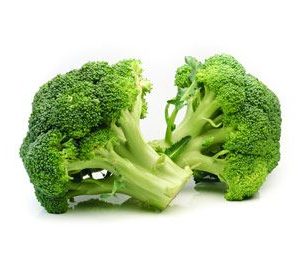
Reviews
There are no reviews yet.